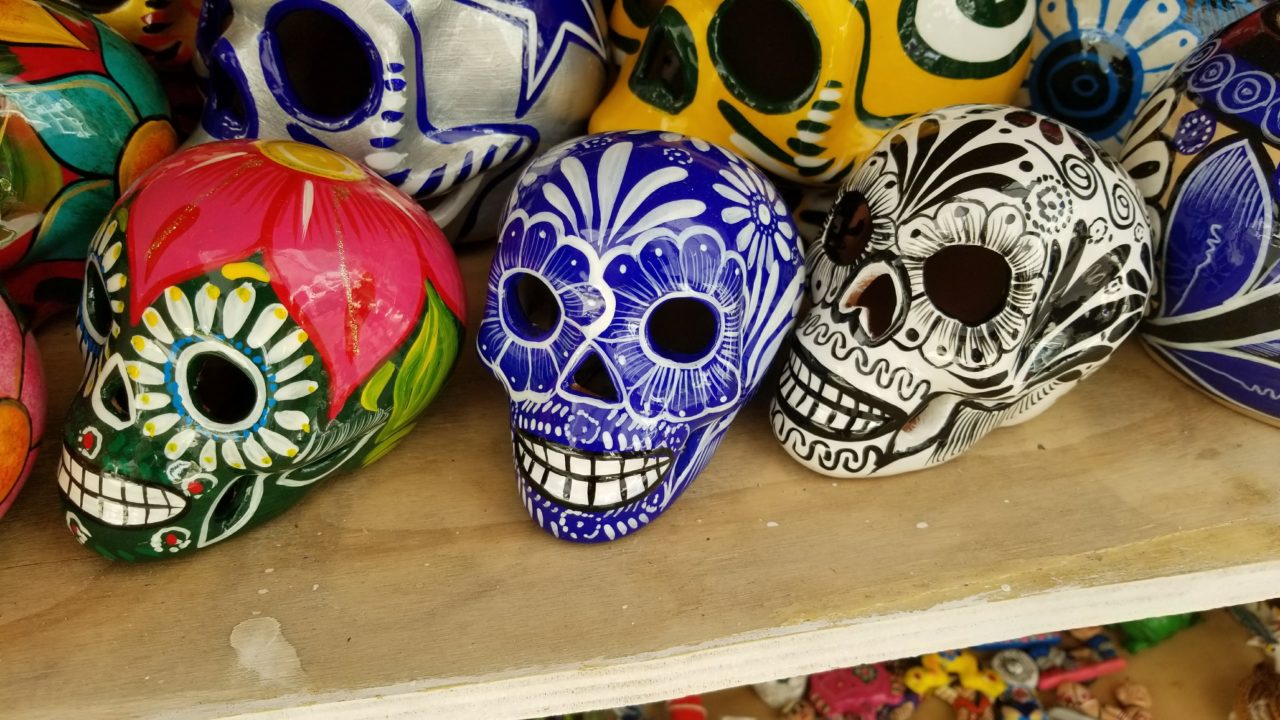You've probably seen them every Halloween - people who apply thick coats of white face make-up, darken their eyes to look like black holes, then create a Frankenstein-ish mouth with stitches that extend to their cheeks. This, Beach Lovers, is the face of the Catrina, an iconic figure during Day of the Dead. But you might be asking, who is Catrina, exactly?
Who in the Heck is She?
It all started with the calavera, which means "skull." However, this term was appropriated by newspapers in the 18th and early 19th century and was used to describe short, humorous poems that were epitaphs, but poked fun at the living. Thus, literary calaveras were born.
Then along came Mexican political cartoonist and lithographer Jose Guadalupe Posada in the early 20th century. He created a zinc etching that accompanied a literary calavera, which was a personification of death in fancy French clothing and dubbed it "Calavera Garbancera." During the pre-revolution era, this ghoulish lady was meant to be a social commentary on Mexican society's emulation of European sophistication, the aristocrats. Posada's message? "Todos somos calaveras," which translated means "we are all skeletons." Beneath our clothing, our creature trappings, we are all the same.
Enter the Famous Artist Diego Rivera
In 1947, this esteemed artist got in on the action. In his epic mural, "Dream of a Sunday Afternoon in Alameda Park," he featured Posada’s skeleton, which was dressed in a skeletal bust in a big, fabulous hat and named her "Catrina" - slang for "the rich."
And so Catrina was born.








